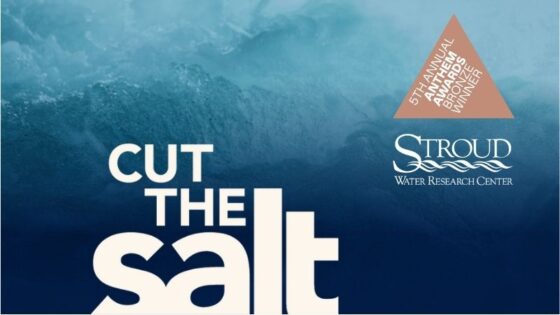Teen girls develop career and leadership skills through the new Stroud Center program that brings women in science together.
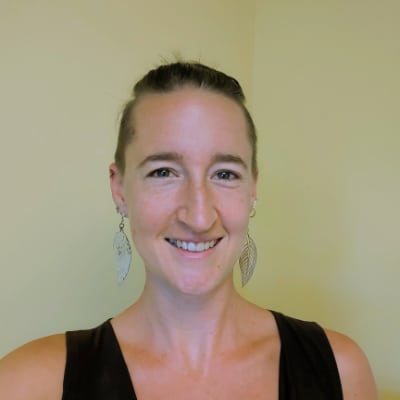
“Race you to the other side!” Two red canoes took off across the lake, three budding scientists in each, laughing and paddling their hardest. Across the water, another group of students opened their bright yellow chemistry bags to collect samples of water from the lake and measure the pH, conductivity, and nitrate levels. Curiosity and excitement were high on the first day of Stroud Water Research Center’s HerStory in STREAM program.
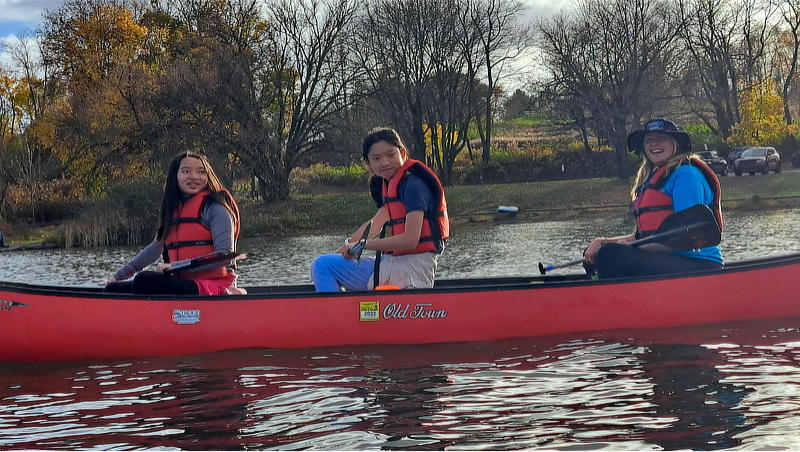
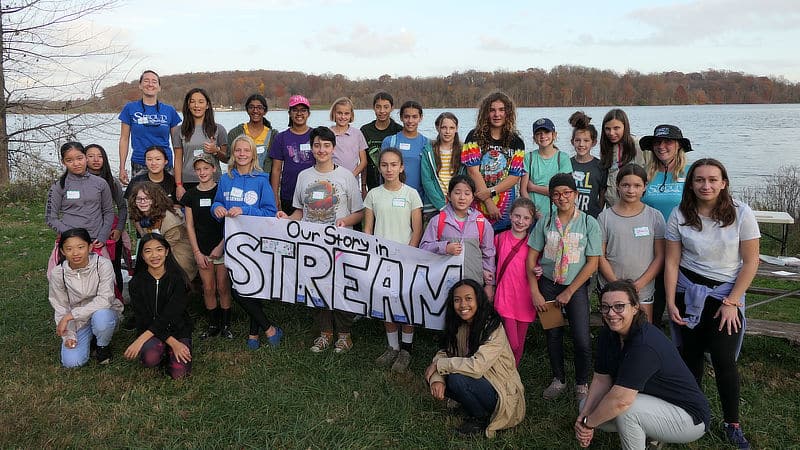
With support from The Fund for Women and Girls of Chester County, Pennsylvania, the Stroud Center in June finished the first year of a program for middle school and high school students to learn about different activities and careers in science, technology, recreation, engineering, the arts, and mathematics (STREAM). It included four events throughout the school year for students to learn new skills, discover new passions, and explore career possibilities.
The program is oriented toward cis girls, trans girls, gender-nonconforming youth, nonbinary youth, and all youth who experience girlhood as part of their unique journey.
On World Water Day, HerStory participants came to the Stroud Center for a celebration of fresh water through tree planting, electrofishing, and more. The students even helped guests discover freshwater macroinvertebrates and read the Stroud Center’s Creek Critters children’s book, in both English and Spanish, to World Water Day visitors.
HerStory participants finished this year with a symposium, where they had a chance to present a project that represents their interests in STREAM, whether it be an art project, activity, or presentation. By the end of the program, girls had built real-world skills in STREAM subjects, increased their interest and awareness of STREAM careers, and engaged in activities to grow their sense of identity and agency.
Building Real-World Skills in STREAM
The program offers students the opportunity to build their understanding of STREAM topics as well as skills within multiple disciplines. During the first session, students explored outdoor recreation and investigated freshwater ecology by canoeing and performing water quality tests.
Blue herons flew overhead while the girls learned canoe strokes and talked about how to have fun on the water safely and responsibly. Then they took a short nature walk around the shoreline to a place where they could gather water samples and learn how to do basic chemistry tests. The students’ curiosity was flowing, exploring questions such as “Where does my drinking water come from?” and “How clean is it?” and “How clean is my nearby stream?”
Session two saw the participants put their technology and engineering prowess to the test by assembling EnviroDIY™ Monitoring Stations. A few students were wary of this session because they had little to no experience with engineering before, but a few hours with research engineers Shannon Hicks and Rachel Johnson (also a technician), saw the students excitedly looking at graphs as they took measurements with different instruments hooked up to their data loggers. Students bolstered their confidence by trying new things with the help and inspiration of women scientists.
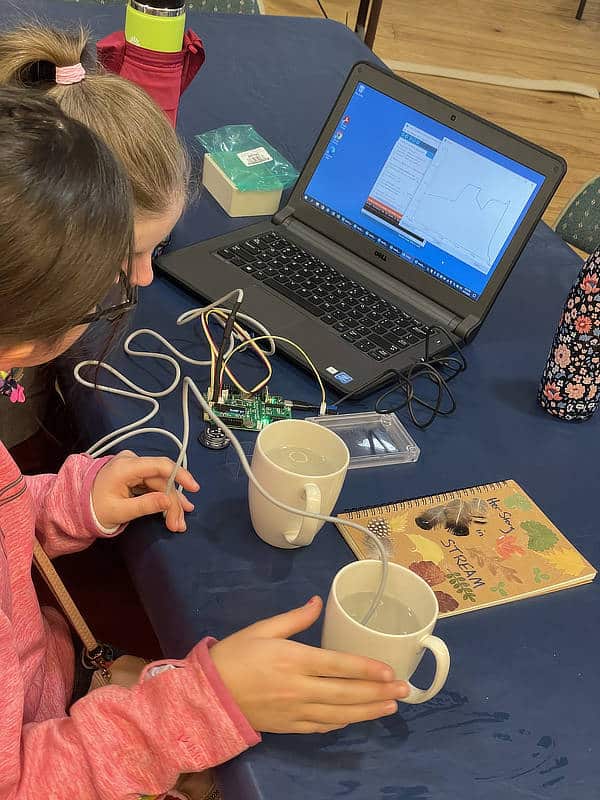
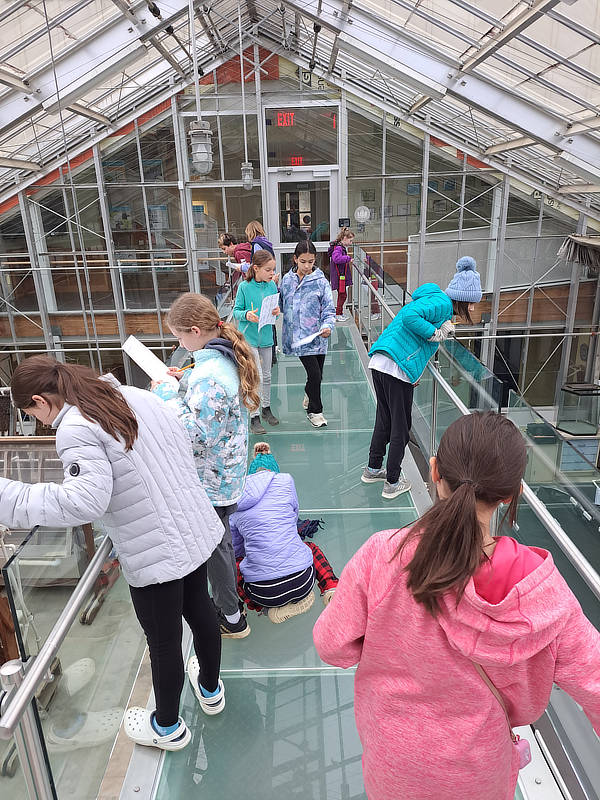
Interest and Awareness of STREAM Careers
On World Water Day, students came to the Stroud Center for a celebration that gave them an introduction to many subjects within freshwater science. HerStory participants planted trees with restoration ecologists, learning about the importance of streamside forest buffers. Then, they met fish ecologists. These women scientists took participants to watch an electrofishing demonstration, a way of studying fish populations that is safe for all stream inhabitants.
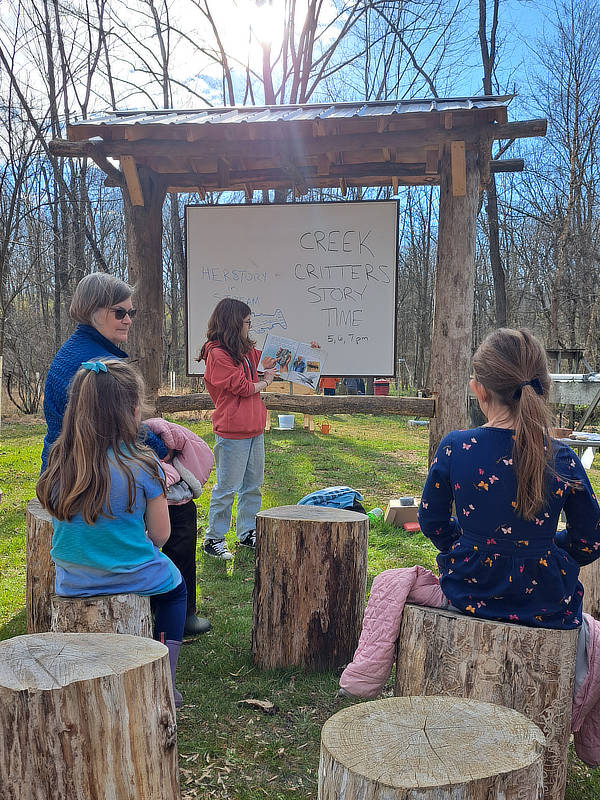
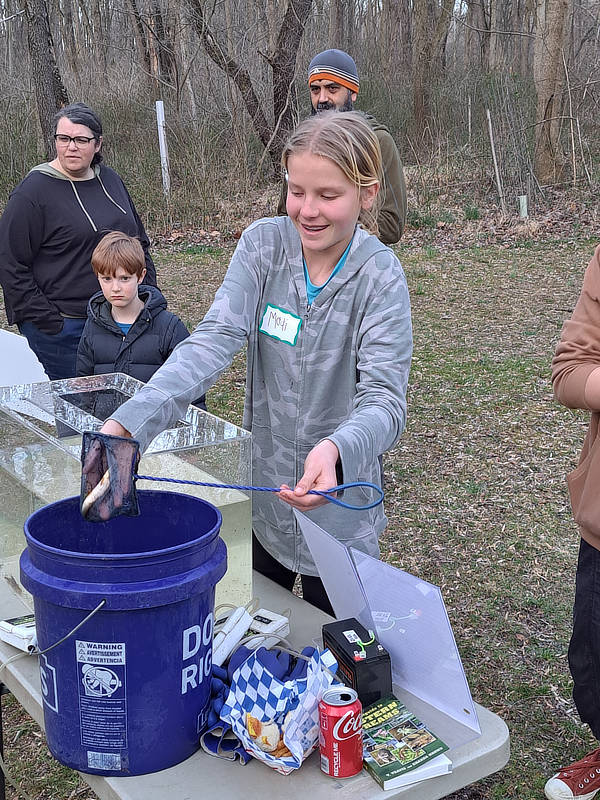
Walking up the hill and past the giant inflatable frog, students met entomologists who showed them how to identify live aquatic insects, worms, and crustaceans. After volunteering at the macroinvertebrate station and seeing live creek critters up close, one HerStory student decided to make a detailed painting of a stonefly for her final project.
Students also took a behind-the-scenes tour of the Stroud Center and saw where scientists work — from labs, to offices, to field sites. Now these students can picture themselves in those spaces and try on different careers that might interest them.
Identity and Agency
Women, trans people, and queer people are still underrepresented in the sciences, especially those of color. Effort has been made during this program to build space for students of color, acknowledging intersectional discrimination within the field.
By bringing students together with similar interests, they have been able to find their voices and explore their interests in a safe and supportive space.

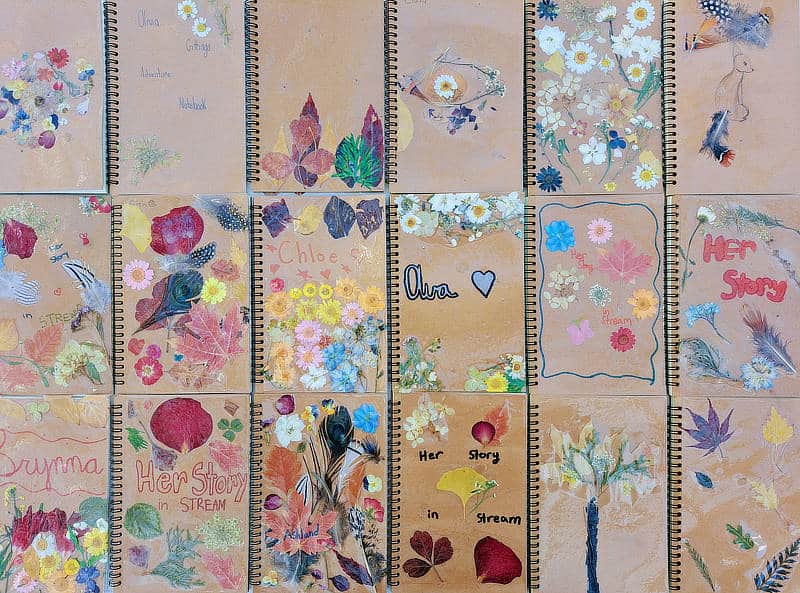
By meeting women in STREAM careers, they have been able to see someone who might look like them in their field of interest, showing them their dreams are possible to achieve. Students see they too can become an engineer, restoration ecologist, or biogeochemist. They are broadening their ideas of what a scientist looks like and what it means to pursue a career in STREAM as a woman.
Reflection and self-expression were key program components. In their final presentations, students practiced expressing themselves to share information about science and showcase their passions.
They prepared for this day by responding to reflection questions during each session, aimed to help students review what they had done and learned from the activities and connect with their thoughts and feelings on the subjects.
The projects were diverse and creative. One included a demonstration with a robot that could pick up and shoot discs in the air. Another featured an original story about a cat learning about macroinvertebrates. And another showcased a fossil collection with a family history.
By sharing these projects at the symposium, the students had a chance to teach and learn from each other, demonstrate leadership, and lift their voices.

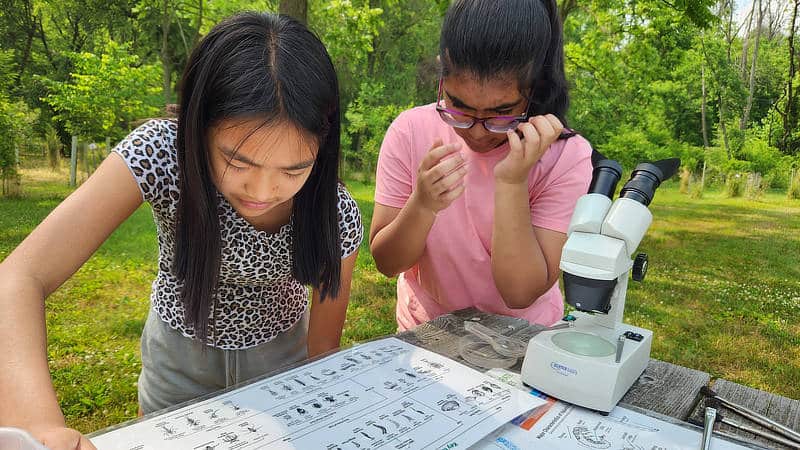
Ruth Patrick, Ph.D., one of the Stroud Center’s founders, invited other renowned scientists to the Stroud Center to give seminars, some of whom were women. She has inspired the core values of this project: women learning from and collaborating with women, making space for others in science and learning, and making friends.
HerStory in STREAM Returns Fall 2023
We are thrilled to have received a second year of funding from The Fund for Women and Girls. Do you or does someone you know from Chester County want to participate in HerStory in STREAM? The next group of students will enjoy a new slate of scientific activities! Learn more about the 2023-2024 program and register for this new session.



